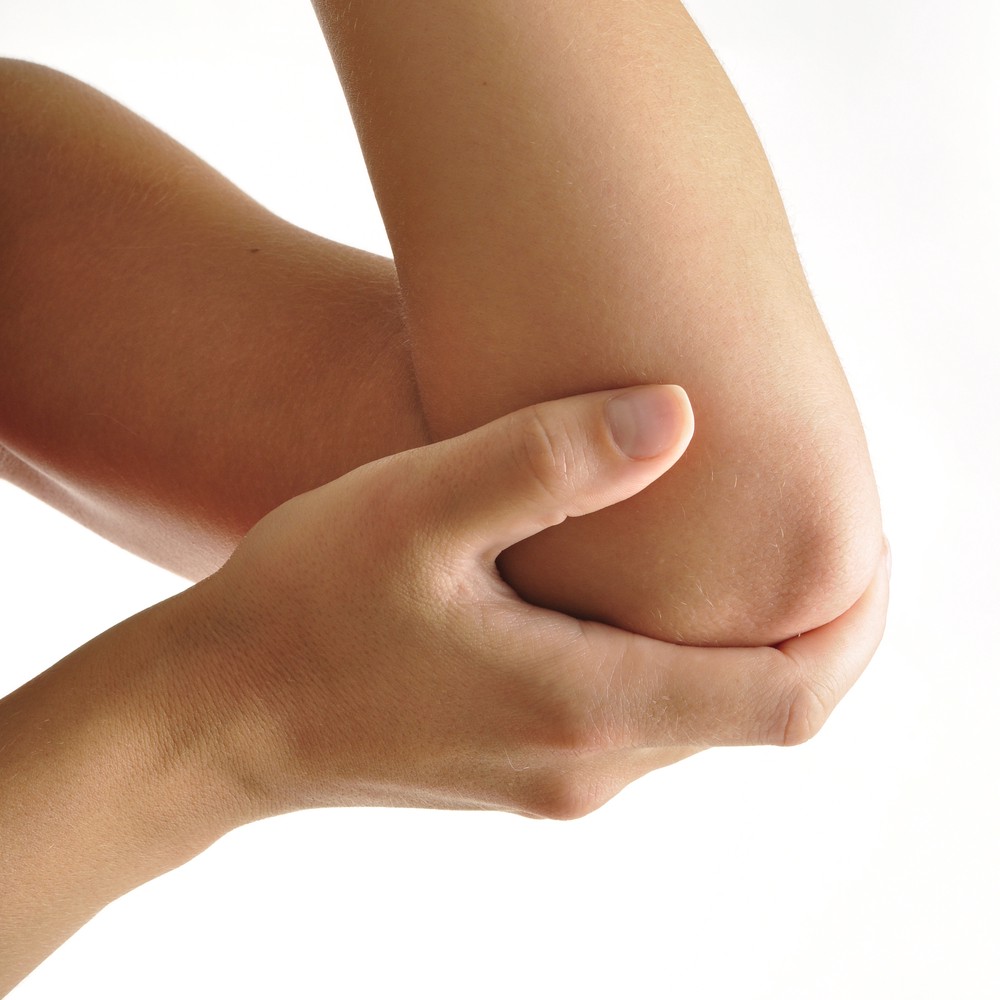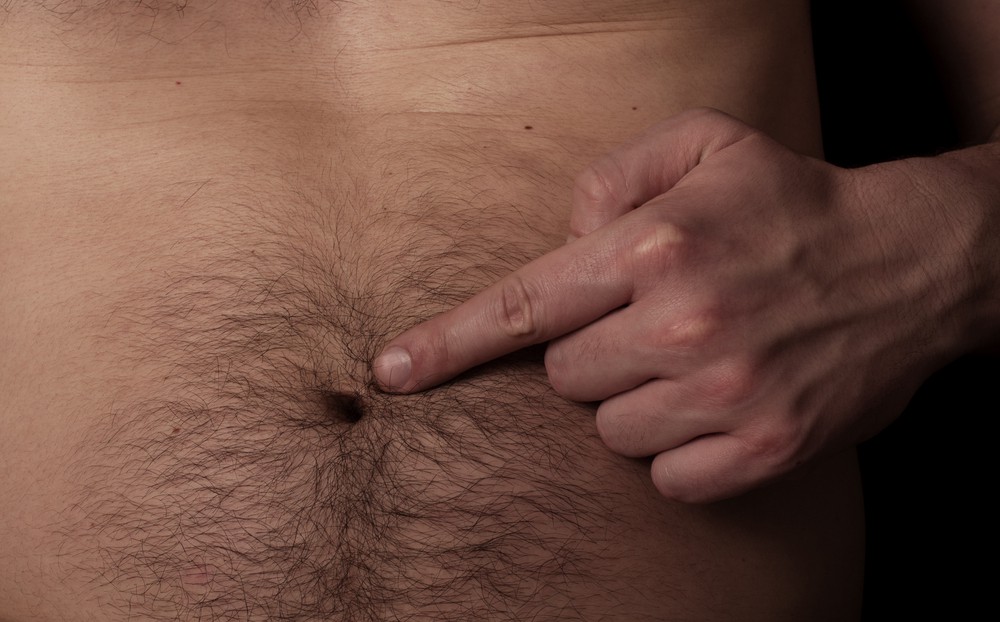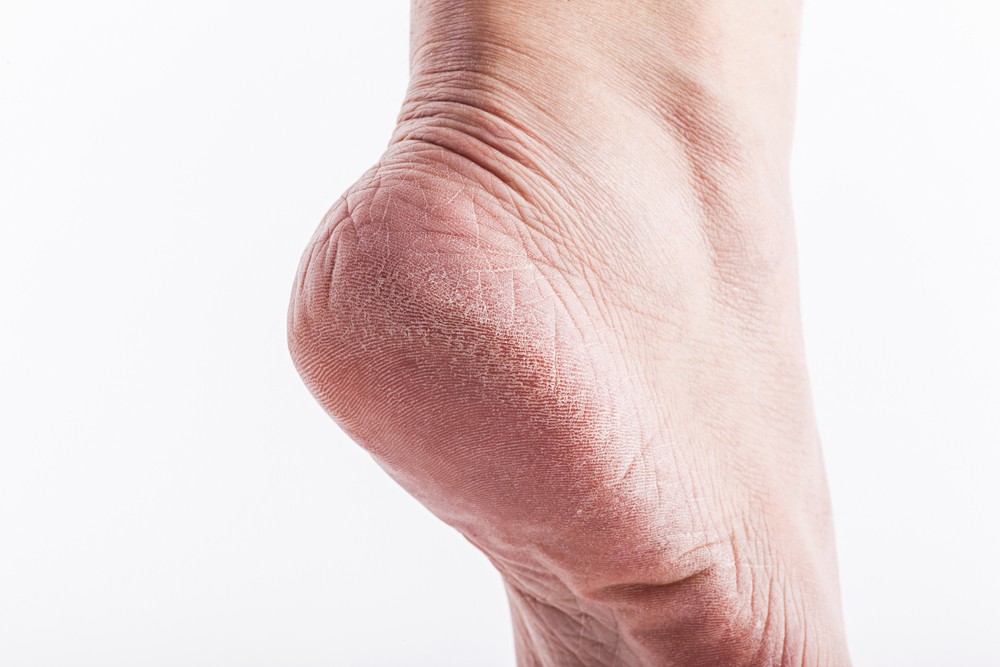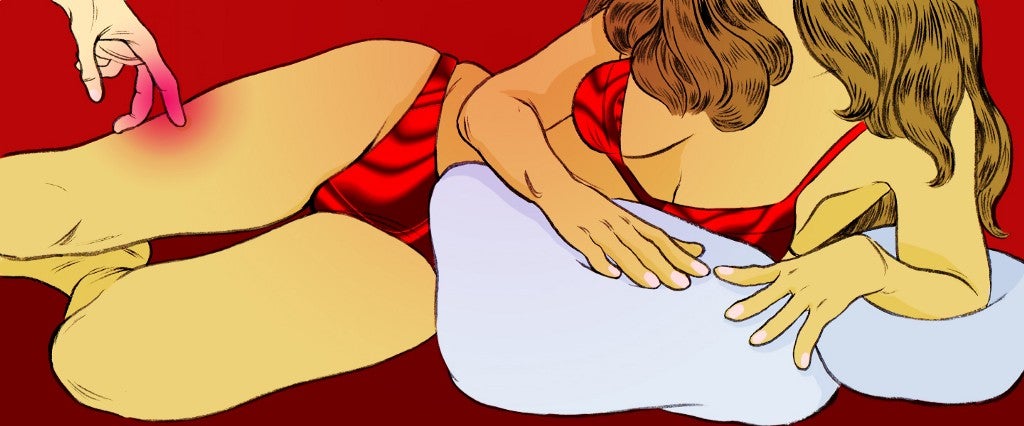Last month, the Literary Review announced the winners of the worst sex writing in fiction. The unintentionally un-erotic entries have a few traits in common, including outlandish, nonsensical or barnyard sex metaphors (comparing fornication to a “tennis game” and orgasming to “a sweet sound like cows chewing grass”) as well as a misunderstanding of bodily physics (“…when he felt her breath on his mouth and saw the delicate trembling of her puckered top lip, a shudder of joy passed through him with such force that he would almost certainly have fallen backwards into the cigar rack…”). Other passages read like the script for Alien: “My prick entered her, into her guts.”
On a more basic level, though, what unites the passages is an ignorance of human erogenous zones. Like a one-night stand who nibbles your elbow, the writers don’t seem to understand what actually turns people on.

First identified in old Sanskrit literature, erogenous zones were once thought to correspond with the lunar cycle. The pressing of one’s toes, the pulling of one’s hair or the slow patting of one’s navel could be experienced as “erotic,” but only when the sky presented a half moon or a full moon or a sliver of a moon. “On the second in the lunar calendar, the excitable area is at a lower level, forehead. Day by day the erogenous zones descend […] and reach ‘toe’ on ‘full moon day,’” according to a study on erogenous zones in the Kama Sutra.
Today, we’re still trying to find scientific proof that obscure parts of the body are more erogenous than the Obvious Parts, but sweet vindication for lists like Cosmo’s “16 Ways to Make His Body Tingle” — which helpfully identifies “the outer ridges of his ears,” “neck hair,” “coccyx,” and “the heel below the Achilles tendon” as places that drive him wild — remains, largely, elusive.
So far, we have the most scientific proof for nipples. In a 2011 study published in the Journal of Sexual Medicine, researchers found that nipple play “lights up the brain” the same way genital play does. In the experiments, female participants were placed inside fMRI machines and instructed to stimulate their clitoris, vagina, cervix and nipples by tapping rhythmically with a finger or, in the case of the vagina and cervix, using a plastic dildo. The stimulation of the nipples lit up a few spots in the brain “clustered like grapes,” which overlap, but are distinct from, the areas lit up by genital stimulation. Researchers believe that stimulating the nipples results in the release of oxytocin, but there’s also data that suggesting nipple stimulation may directly link up to the brain, and one researcher is now testing out this hypothesis on women who have had their uteruses removed.

Other research suggests Cosmo is far more adventurous than the general public. In 2014, Canadian scientists measured the sensitivities of several areas on the female body by actually applying stimulation to the skin of subjects, reaching the rather obvious conclusions that the neck, forearm, and “vaginal margin” were most sensitive areas to light touch and the clitoris and nipple most sensitive to pressure. Overall, the clitoris was the most sensitive to vibration of all the body parts. Big surprise, right?
For the lowly writer whose job it is to come up with lists of sexy new areas of flesh, a recent study titled “Topography of Human Erogenous Zones,” seems more promising, at least initially. The survey, published in the Archives of Sexual Behavior, suggests that the entire body — except for a few “no go” areas — is, potentially, arousing. In total, 88 participants were asked to create “erogenous zone maps” by shading regions of the body that they believe would stimulate arousal. According to the shadings, the most erogenous zones were the mouth, buttocks, anus, thighs and neck. But, while researchers found that an average of 24 percent of the human body was arousing, if you take into account all responses, “practically, the whole body was capable of triggering sexually arousing sensations when touched by a partner,” the report reads. The only parts of the body that weren’t arousing to anyone were the lower legs and parts of the hands.

The study’s author, Lauri Nummenmaa, told me he was most surprised by the large area of erogenous zones, as well as their consistency across individuals. He noted that potential erogenous areas “seem to be much larger when having sex with a partner than when masturbating.” This likely means that we touch the people we’re fucking not only for their erotic satisfaction but to “promote pair bonding.”
“If we touch our partners just to arouse them, why would we focus on elsewhere except the ‘top hubs’?” he asked.
This makes sense, while also somewhat deflating the idea — perpetrated by Cosmo, Maxim and the like — that foreplay is some kind of tantric magic. More likely, it just reaffirms to your partner that you actually care about them and want them to feel loved. While speculative lists of foreplay methods are entertaining to read, and remind you of body parts you might not have known existed, they’re mostly not scientifically sound. (Except for nipple play.) So, terrible sex writers take comfort: You’re not the only ones expounding unrealistic ideas about foreplay; real “sex journalists” are, too.
